Located in the vast expanse of South Africa’s Great Karoo, Samara Karoo Reserve is a model of conservation and environmental restoration. Samara’s story is a distinctive one, a passionate rewilding project that began back in 1997. Samara’s founders, Sarah and Mark Tompkins, were inspired by tales of a long-lost Karoo, a wilderness in which millions of springbok once grazed, the now-extinct quagga roamed, and black-maned lions reigned supreme. Over a five-year period, the couple purchased 11 farms, totalling 27,000 hectares, with the aim of returning the land to its natural state and reintroducing the wildlife that had disappeared as a result of centuries of farming and hunting.
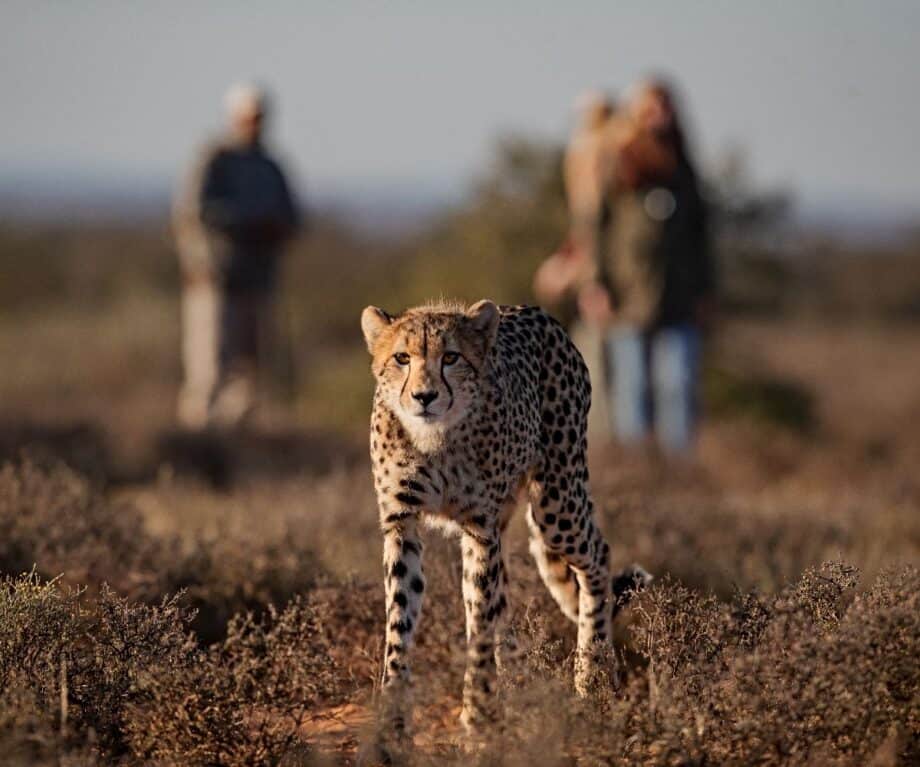
Through habitat restoration and animal reintroductions, supported by ecotourism, they have successfully reintroduced the first cheetah, black rhino, elephant, and lions to have inhabited these lands in over a century, and have become one of the leading conservation destinations in South Africa.
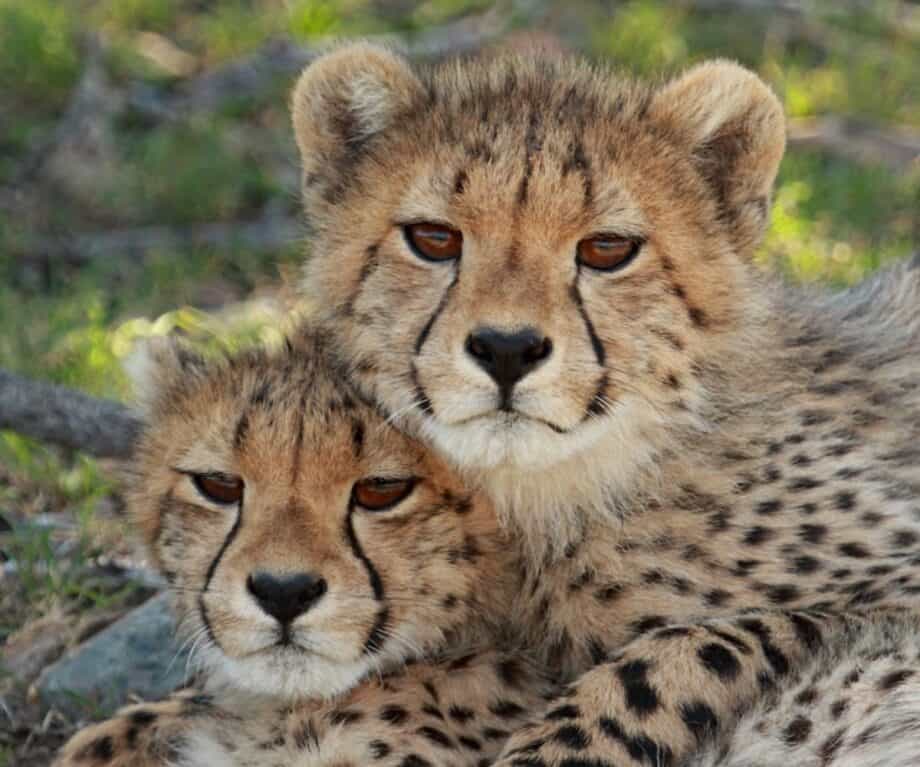
Conservation at Samara Karoo
At the heart of Samara’s mission is a deep commitment to conservation. The reserve has implemented an array of conservation programs that focus not only on animal species but also on rehabilitating the land itself. Extensive steps have been taken to return the landscape to its natural state, working to eradicate alien plant species, restore native vegetation, and prevent soil erosion. As a result, the reserve has seen a remarkable recovery in both its flora and fauna.
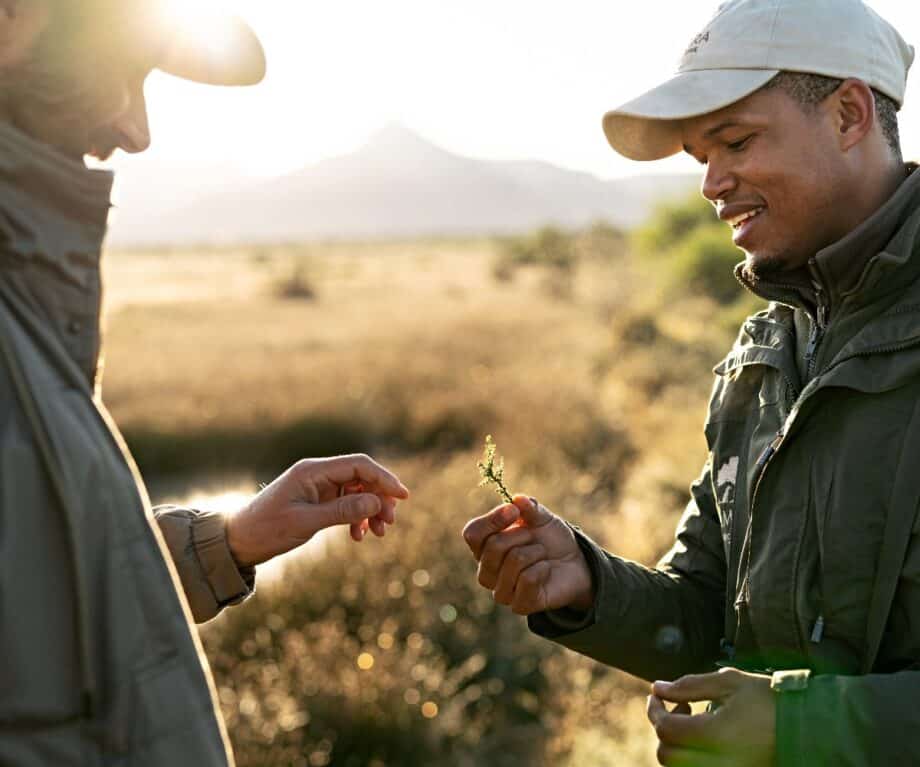
Rewilding: Bringing back lost species
Central to Samara’s conservation strategy is rewilding – reintroducing species that once roamed the area but had been driven to extinction in the wild. Over the past few decades, Samara has focused on reintroducing key species that play an essential role in maintaining ecological harmony.
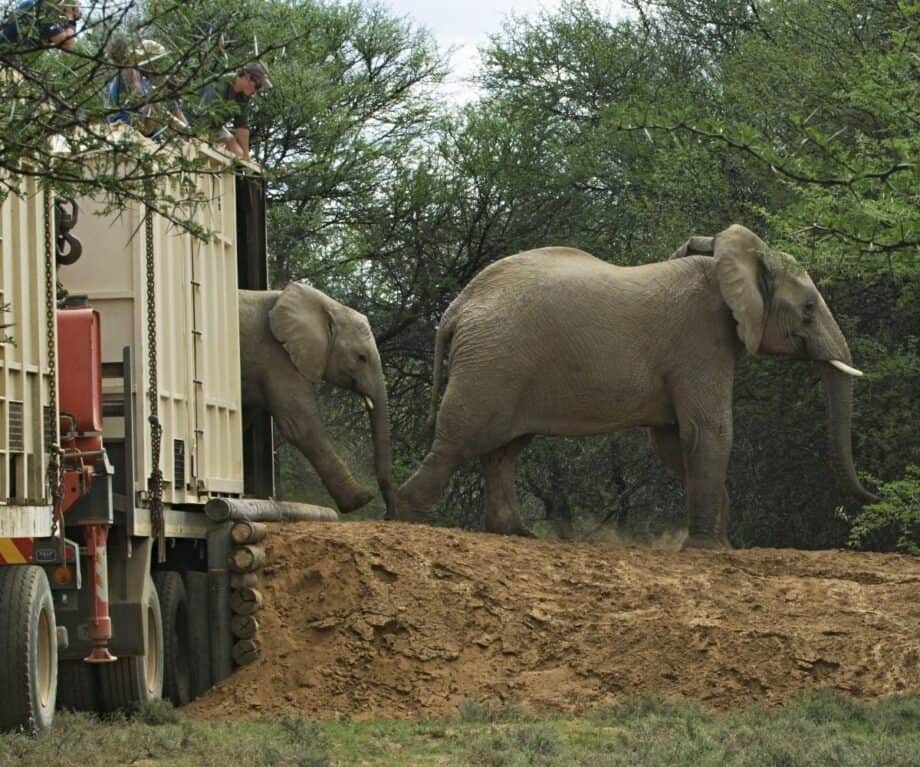
One of the most ground-breaking reintroductions at Samara was the reintroduction of cheetah, a predator that had not been seen in the region for over 100 years. In 2004, a cheetah named Sibella was relocated to Samara. Having survived a savage attack, at the hands of hunting dogs and hunters, Sibella has thrived at Samara, going on to produce offspring that make up a significant portion of South Africa’s cheetah population. Some 50 cubs have been born at the reserve, and the reserve’s cheetah rewilding program has gained international recognition for its success in breeding and releasing these vulnerable cats back into the wild.
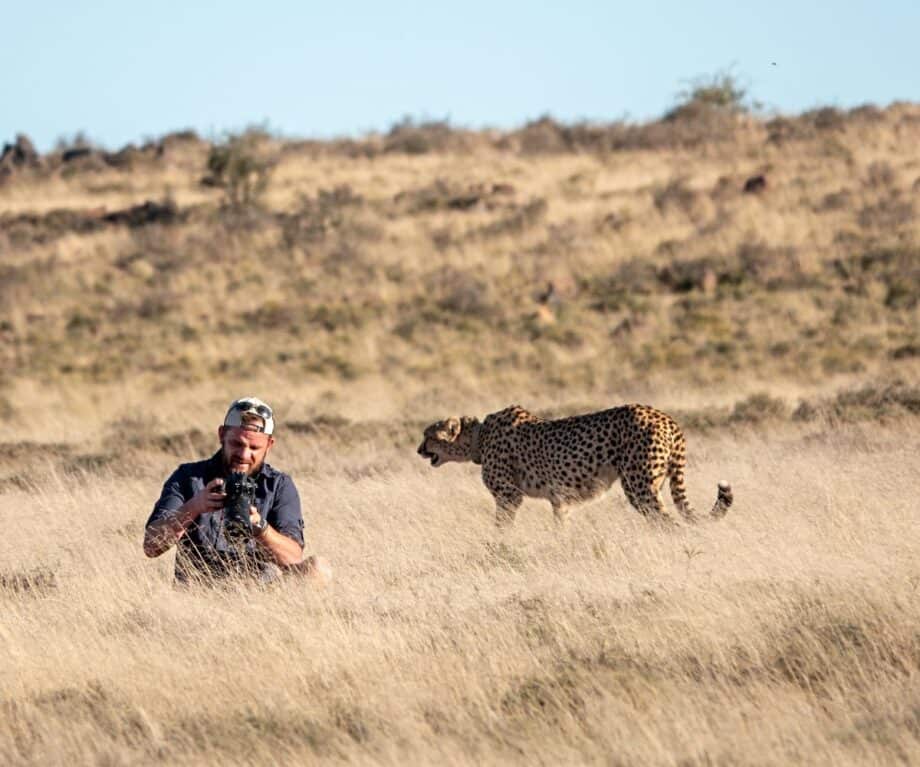
The return of lions in 2014 marked another milestone in the Samara’s rewilding program. Lions had been absent from the Great Karoo for nearly two centuries, and their reintroduction has proven to be a vital step in restoring the predator-prey balance. Lions not only regulate herbivore populations but also contribute to maintaining the health of the reserve’s grasslands by controlling the numbers of grazers.
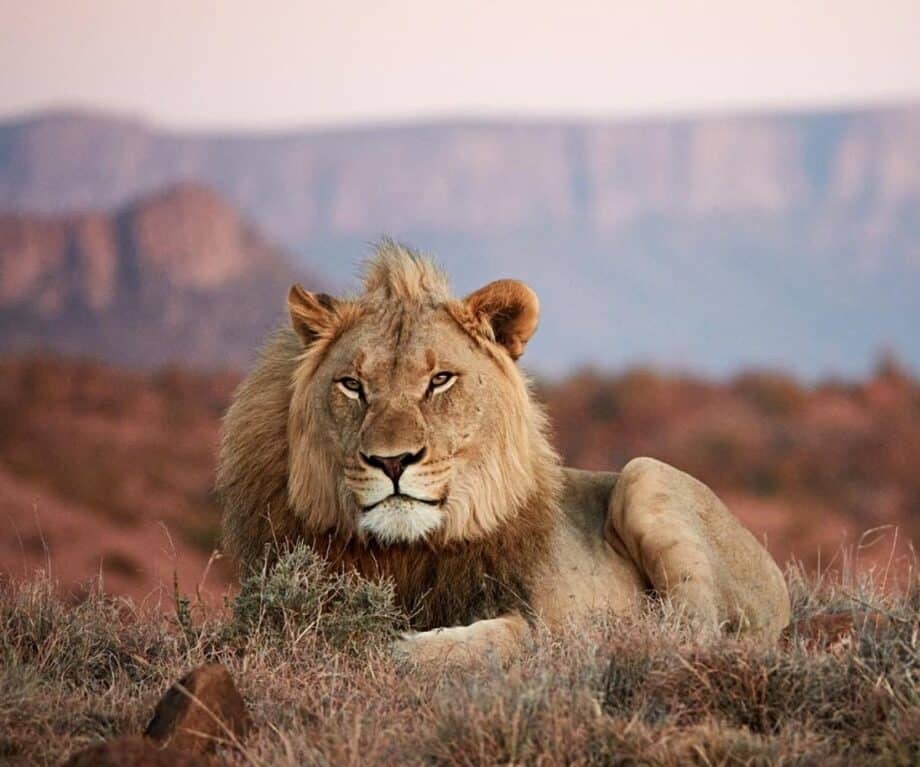
In 2017, elephants returned to the landscape for the first time in an estimated 150 years, with a translocation of a small herd of six individuals. The recent reintroduction of an additional four elephants marks another milestone and will help establish a population of elephants in a newly opened part of the reserve.
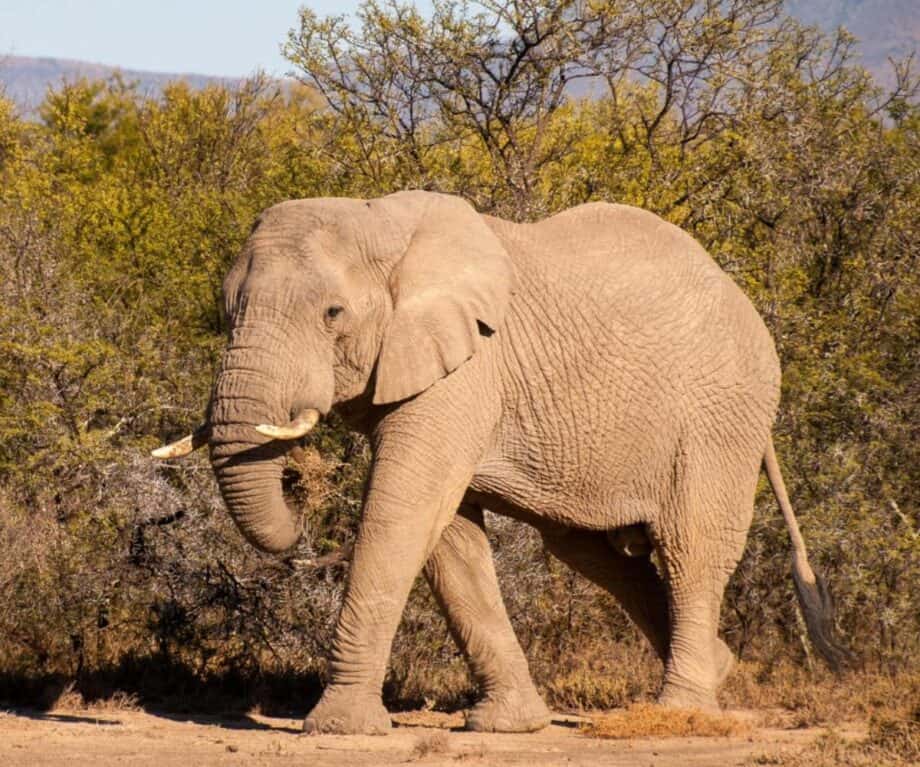
Black rhino were also reintroduced to Samara after a long absence and the reserve has become one of only a few places where guests can see this critically endangered species in its natural habitat. The Cape Mountain zebra is another success story of Samara’s rewilding efforts. Once close to extinction, this zebra species is now thriving within the reserve.
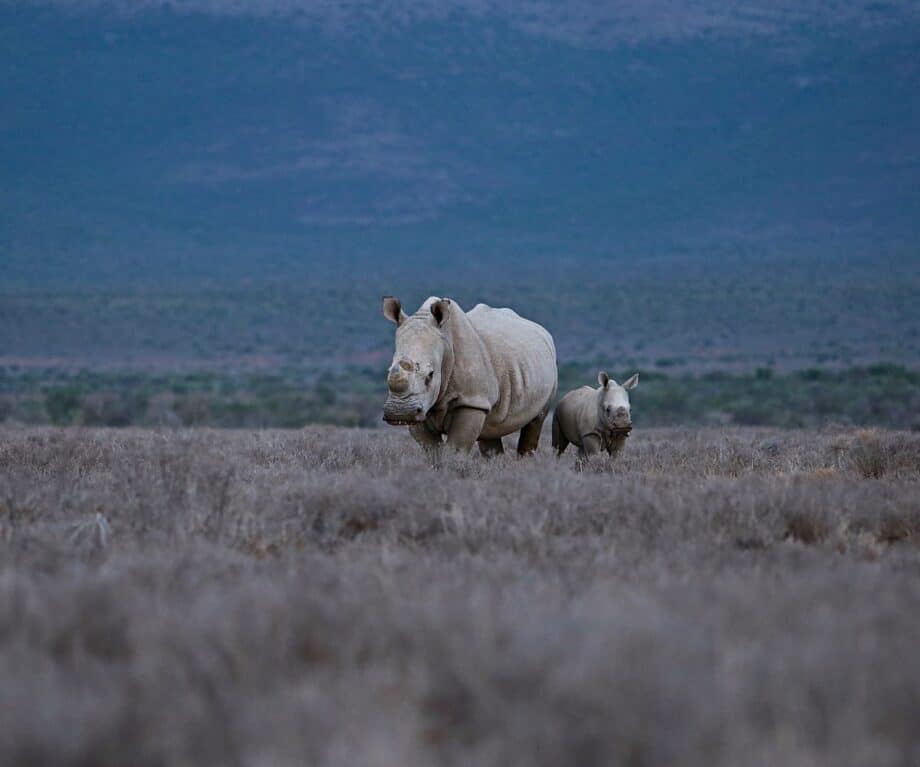
Samara’s rewilding is an ongoing project. Imminent plans to expand the reserve by an extra 4,000 hectares has opened the possibility of adding more iconic species, such as brown hyenas and possibly African Wild dogs.
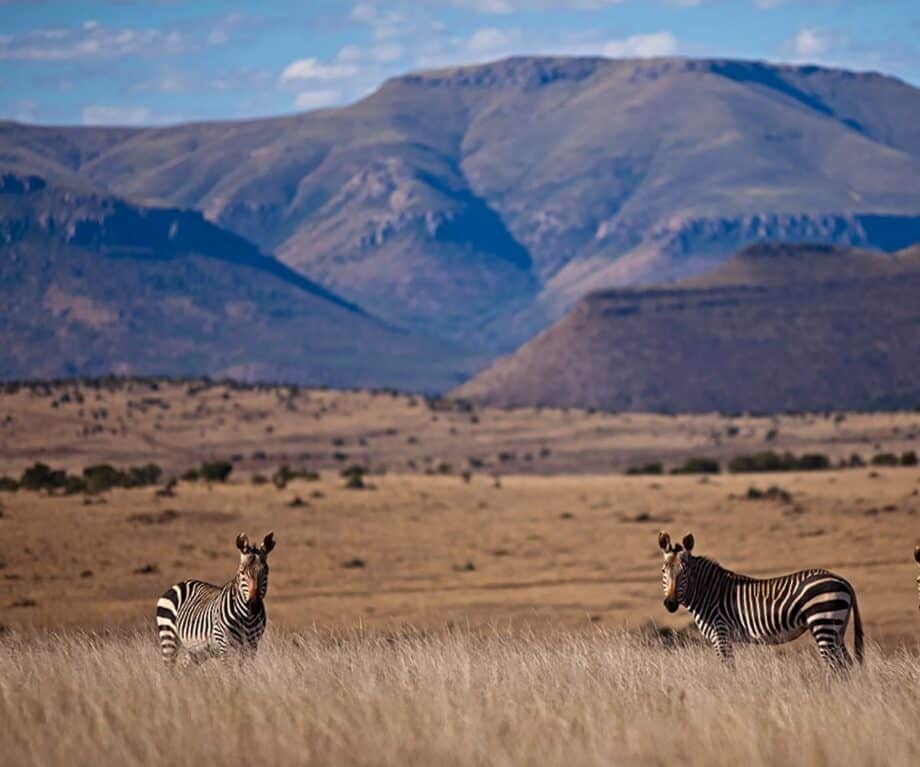
Other wildlife at Samara
With more than 60 different mammal species in the reserve, guests are almost guaranteed an exceptional variety of wildlife sightings. In addition to the so called Big Five (lion, elephant, buffalo, leopard, and rhino), Samara is home to giraffe, springbok, black wildebeest, eland, kudu and more. You’ll also find some of the smaller, more elusive African species, such as the pangolin, aardvark, and black-footed cat, which all contribute to the reserve’s ecological diversity. Certain special species, like the Cape vulture, have returned of their own accord, a testament to the reserve’s rewilding success.
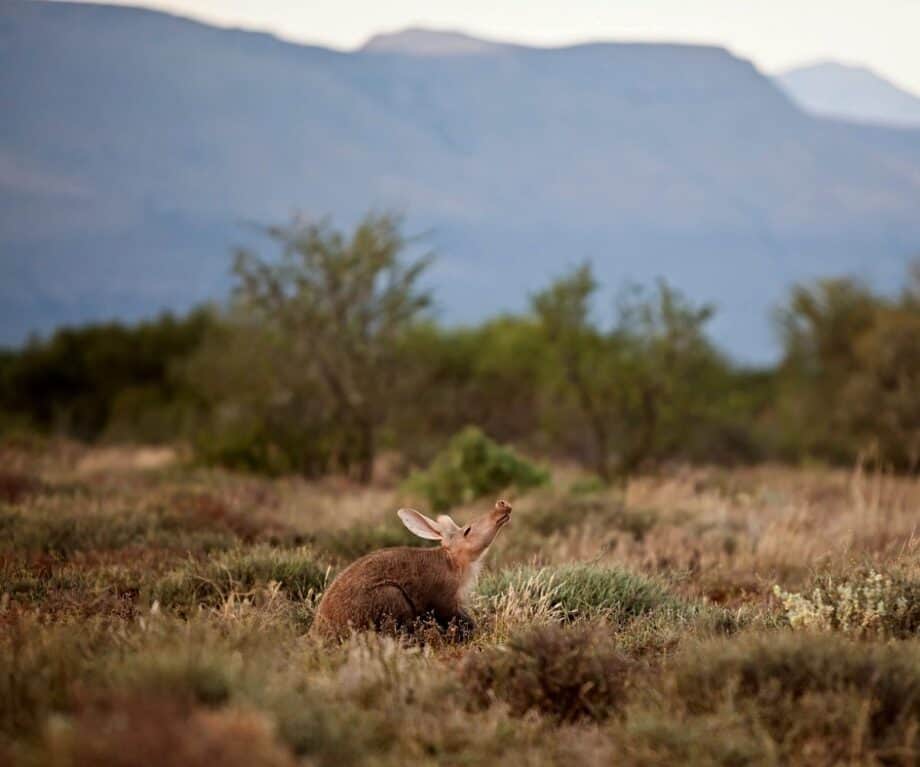
Everything you need to plan your trip in 2024
Samara’s Vegetation Biomes
Samara is not only a haven for wildlife, but also a place of extraordinary natural beauty and biodiversity. The reserve spans five of South Africa’s nine vegetation biomes, each offering a unique landscape and ecosystem.
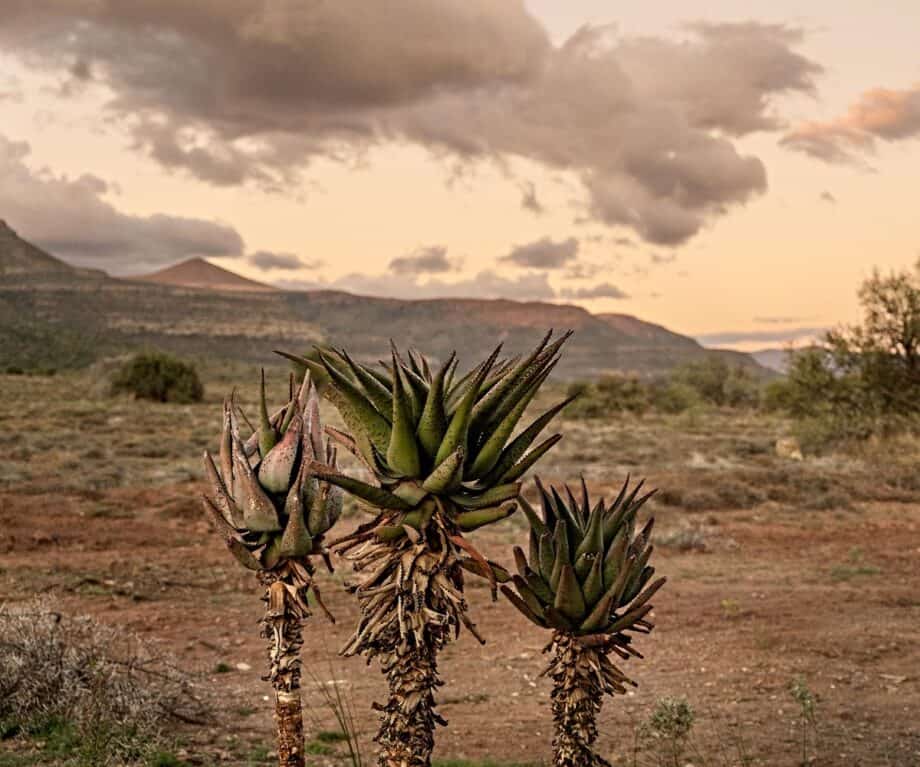
There are the Mountain Grasslands that dominate the higher elevations of the reserve. Vast plains and rolling hills that provide a home for grazers like blesbok, gemsbok, and zebra, as well as the endangered blue crane, the national bird of South Africa. Along the river valleys and lower slopes are the Subtropical Thickets, a dense, rich habitat with species like rhino, kudu, and eland. Also found here is Spekboom, an indigenous evergreen succulent that’s an environmental miracle worker, with the potential to tackle carbon emissions like no other plant can – removing carbon dioxide from the atmosphere like a carbon sponge.
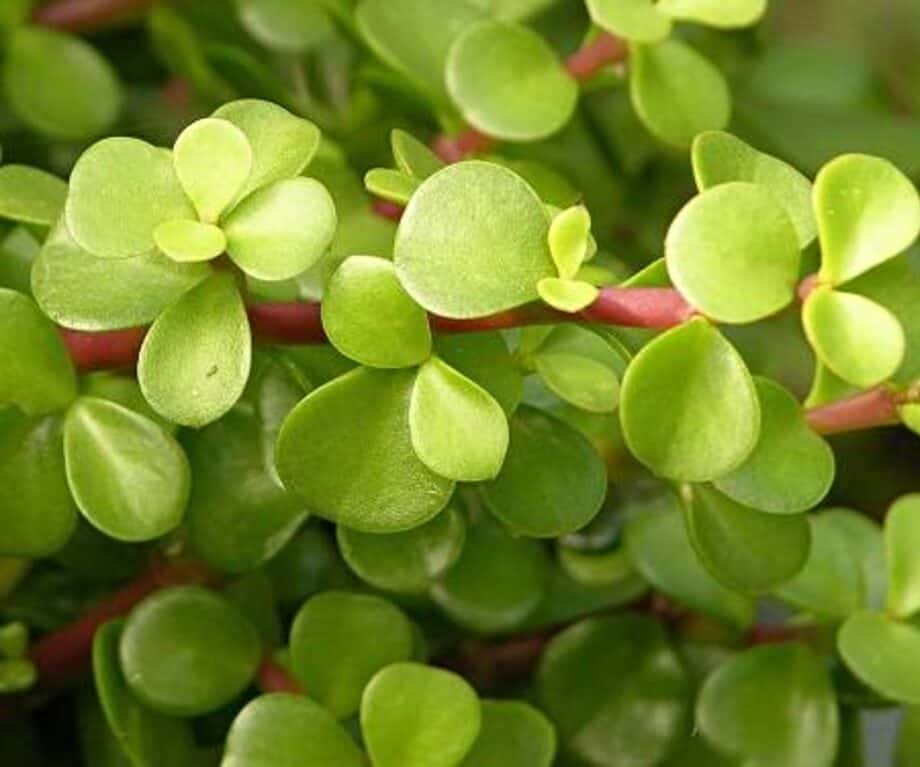
Samara’s Savannah, with its open plains, tall grasses and scattered trees, is home to herbivores like giraffe and buffalo. In this dynamic ecosystem, predators like lions and cheetahs stalk their prey. While the Nama Karoo biome is characterised by flat plains and rocky outcrops. Excellent for safaris and birdwatching, the area is home to hardy springbok, gemsbok, and steenbok. And lastly, though relatively small, the reserve’s Forests provide shaded areas and a wealth of flora, including wild olives and yellowwoods – a peaceful retreat for both wildlife and visitors, and home to vervet monkeys and fruit bats.

Community and conservation
Central to Samara’s success is its commitment to the local community. The reserve offers employment opportunities that range from hospitality to conservation, ensuring local people benefit directly from tourism in the reserve. Samara’s training programmes also provide employment opportunities, ranging from guiding and hospitality to wildlife monitoring.
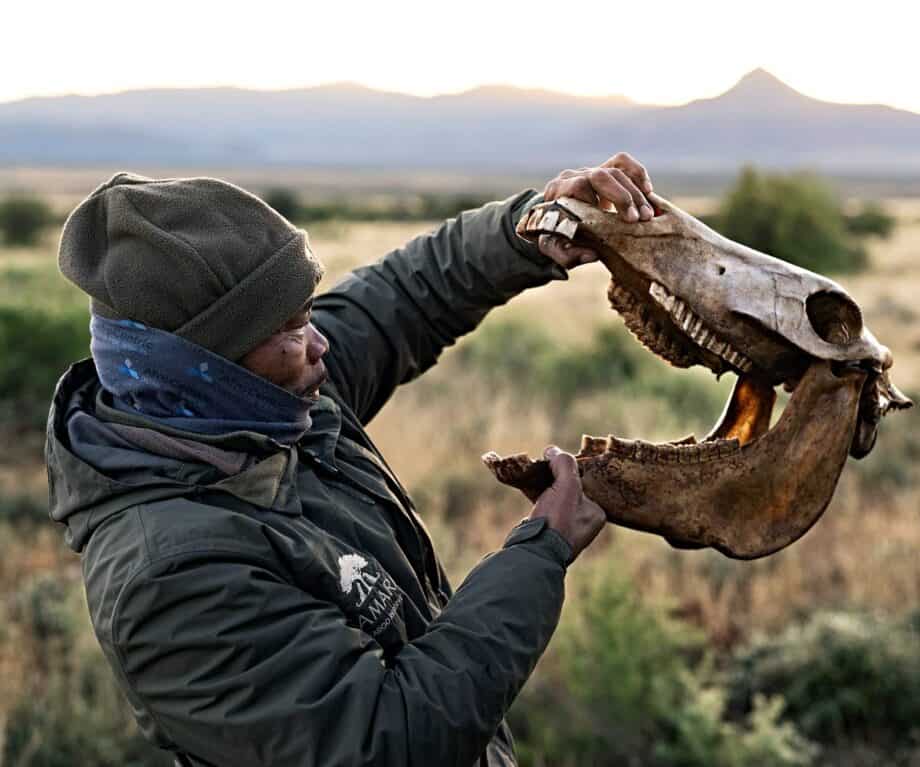
In addition, Samara Karoo supports local schools through environmental education programs – fostering a deeper understanding of wildlife and habitat, and encouraging future generations to become advocates for wildlife.
Visiting Samara
Samara Karoo Private Reserve can be reached via a three-hour drive from Port Elizabeth (now called Gqeberha) or by chartered flight. The reserve is open year-round, with each season having its own particular attractions, from spring blooms to winter wildlife sightings. Families are welcome, and activities can be tailored to accommodate all ages.

Where to stay
Samara Karoo Reserve offers a range of accommodation options:
Karoo Lodge
This beautifully restored farmhouse offers ten suites, including family options, all combining traditional Karoo style with modern South African design. Extensive renovations in 2023 expanded and upgraded the facilities, with a focus on sustainability.
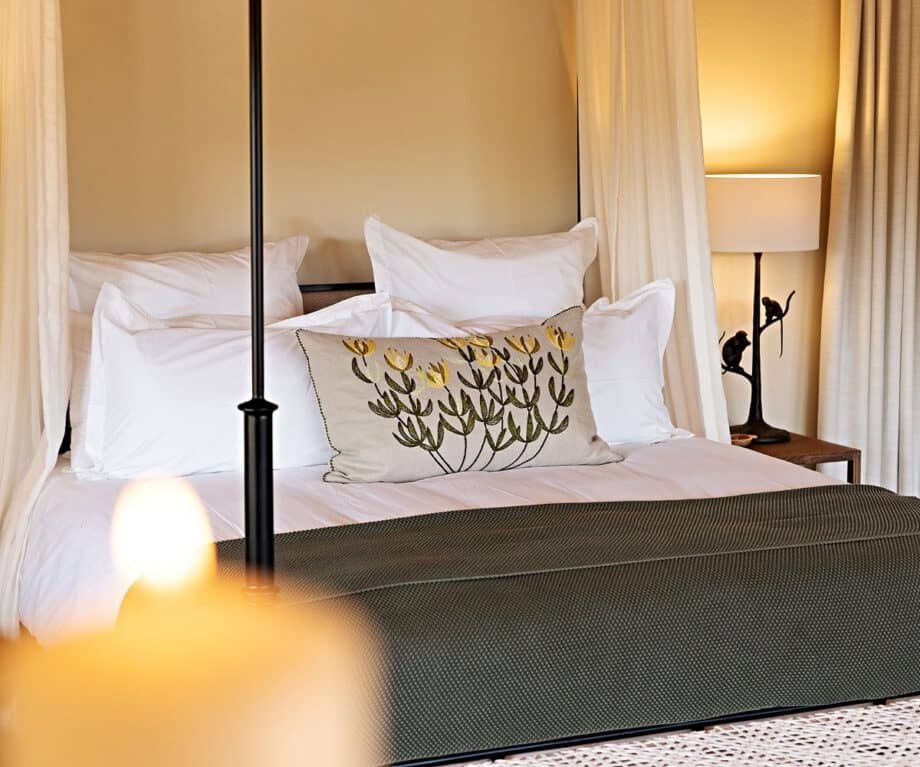
The Manor House
The Manor is an elegant 4-suite villa, booked on an exclusive-use basis – a good option for families and groups looking for privacy. It features four suites, a 21m private infinity pool, and a dedicated team of staff. Guests can enjoy personalized experiences, from private dinners under the stars to tailored guided walks.
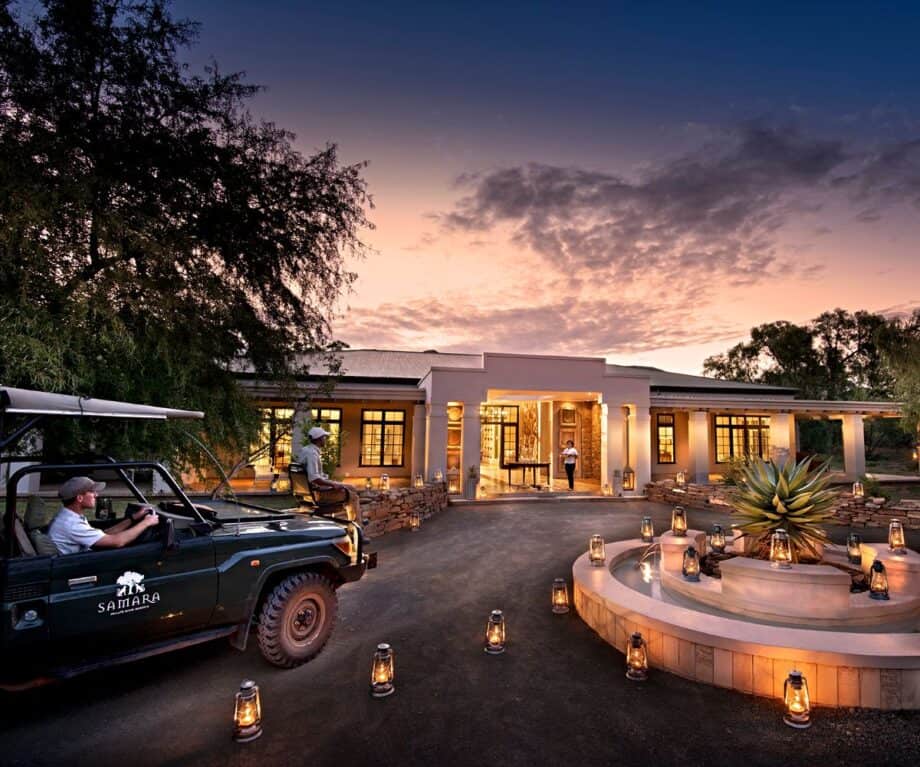
Star bed
Sleep under the stars on a raised platform overlooking the plains. Samara’s star bed on the Milk River is the ultimate romantic wilderness experience. Arrive at sunset for a picnic dinner and drinks, watch while wildlife come to drink from the river, take in the spectacular views and then drift off to sleep wrapped in a thick mohair blanket.
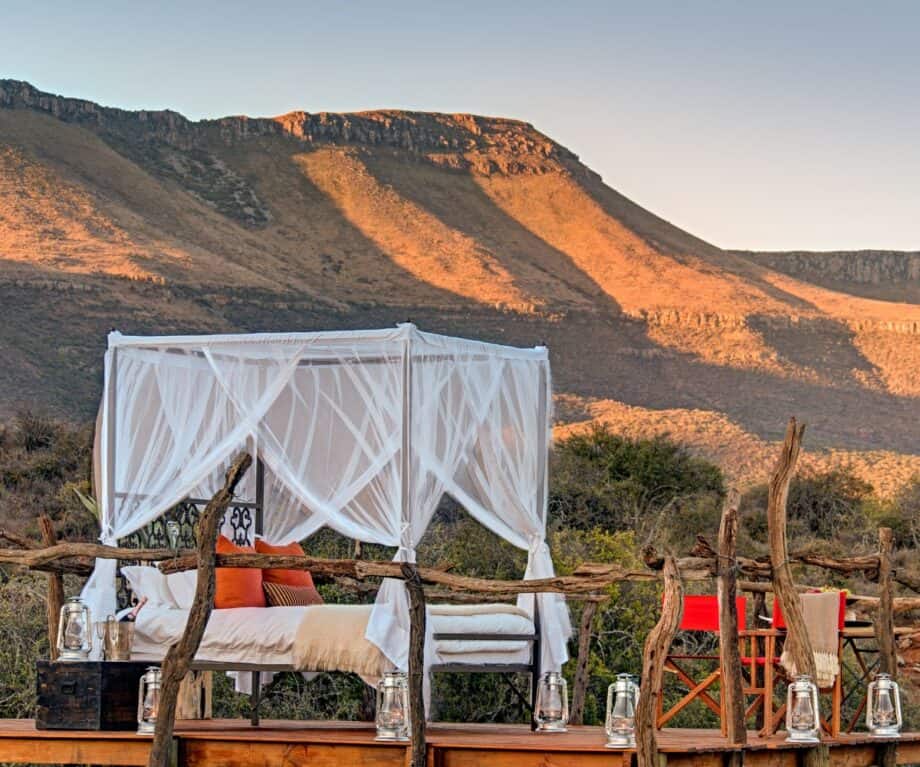
Plains Camp
With no Wi-Fi, no electricity and no high-tech distractions, Plains Camp is an off-grid experience that focuses on walking safaris and reconnecting with nature. Located in a remote part of the reserve with fantastic views and abundant wildlife, this is a brand-new ecotourism offering. Four deluxe tents sleep 8 guests, for a unique explorer-style experience.
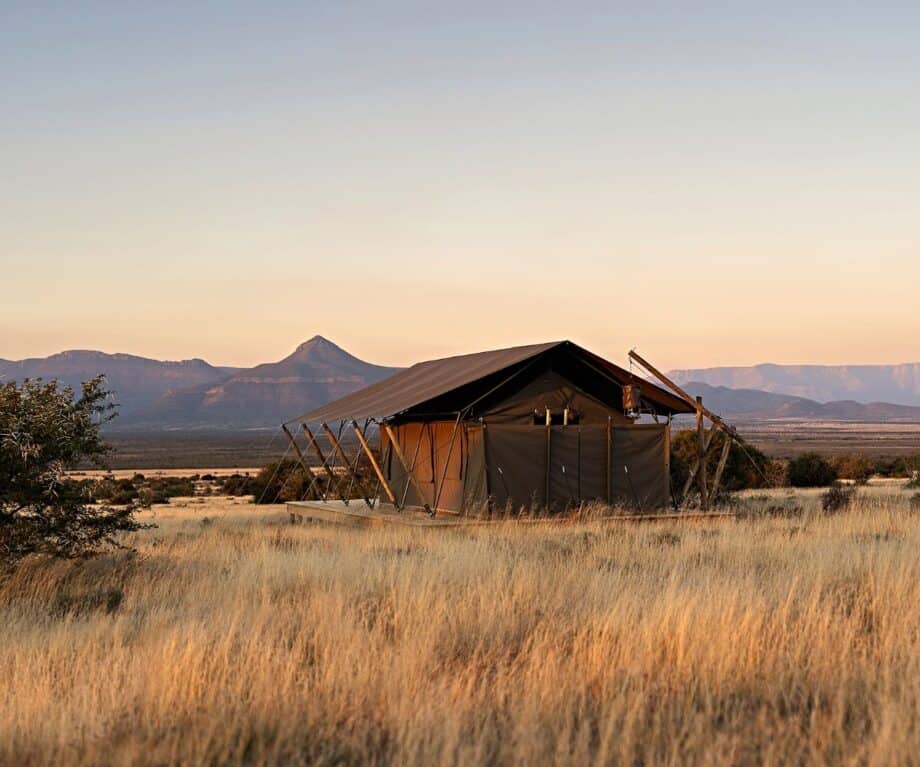
Activities at Samara
There are a variety of activities on offer, allowing guests to really explore the reserve’s beauty and wildlife.
Game drives
Led by expert guides, game drives take visitors deep into the reserve’s diverse habitats, offering sightings of both the Big Five and smaller, elusive species.
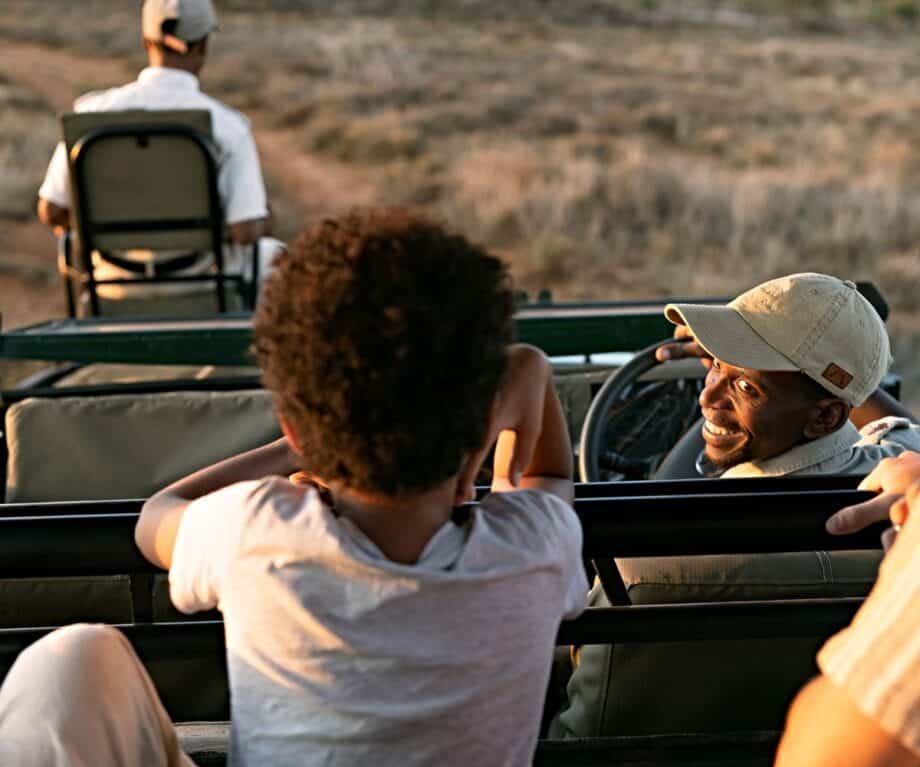
Walking safaris
For those seeking a closer experience with the land, Samara offers walking safaris. These guided tours allow guests to track animals on foot and experience the reserve’s wildlife up close.
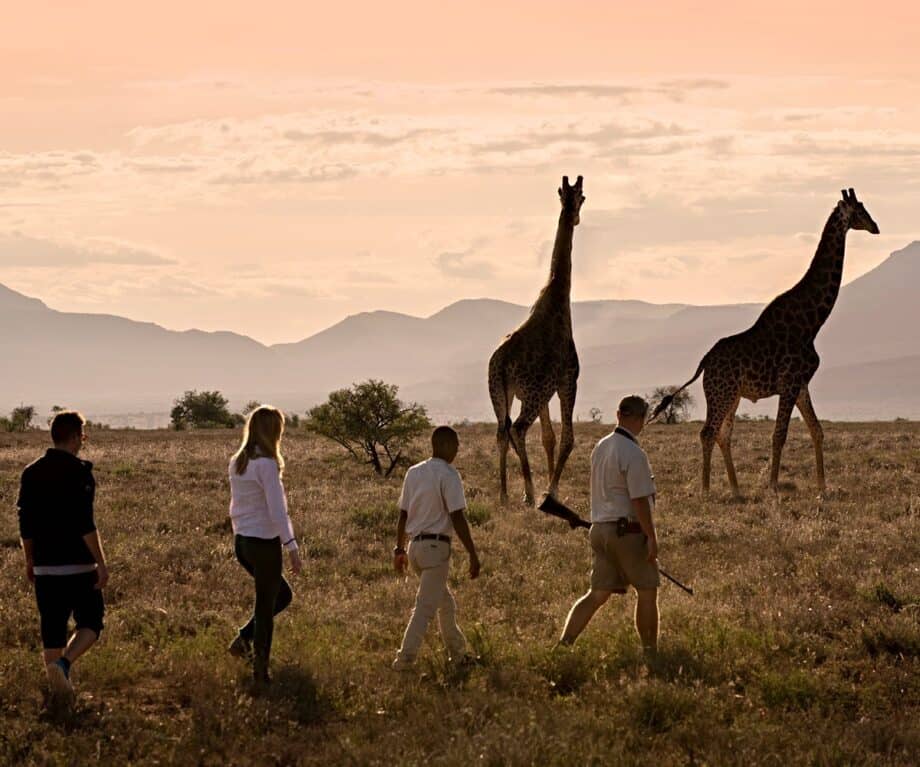
Cheetah tracking
Cheetah tracking is one of Samara’s signature experiences. Guests can follow these amazing predators through the reserve, observing their hunting techniques and social behaviors. An unforgettable experience.
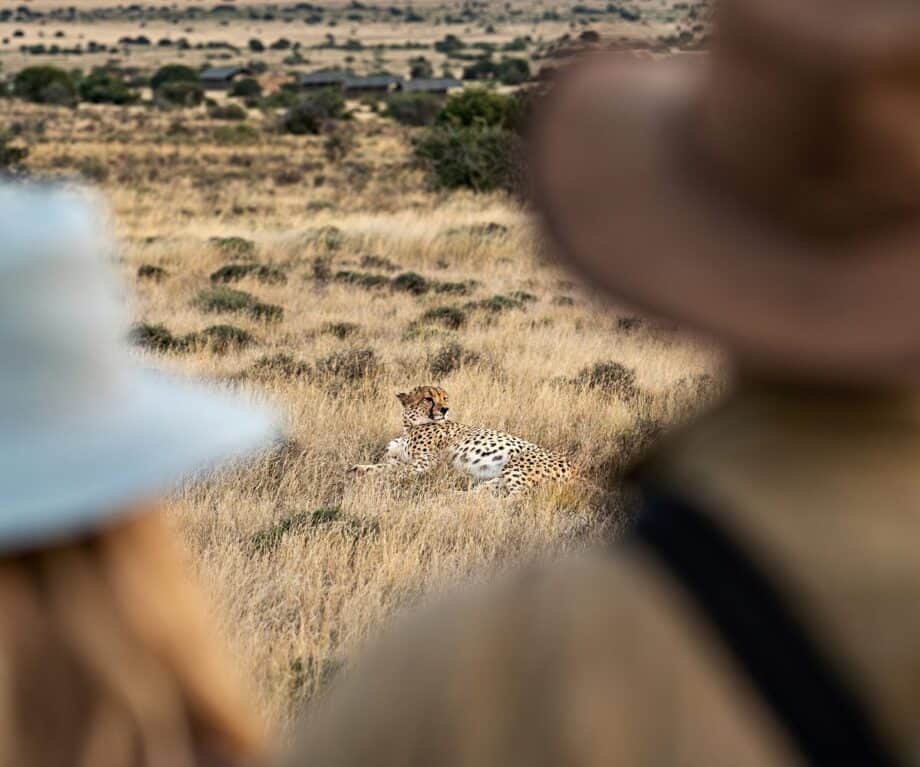
A vision for the future
Samara’s founders, Sarah and Mark Tompkins, envision a future where Samara is part of a thriving wilderness corridor – a series of interconnected protected wildlife areas. The reserve is involved in a long-term initiative to create a land corridor, linking the Karoo’s Camdeboo National Park with Mountain Zebra National Park, opening up historical migratory routes and returning more land to nature.
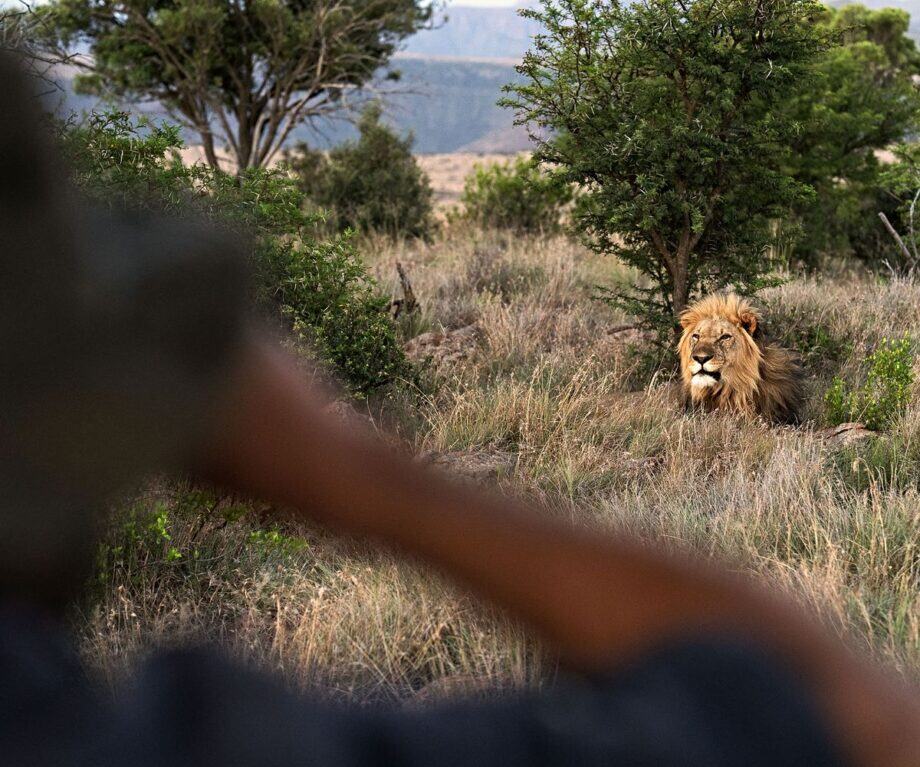
Samara Karoo Private Game Reserve is a really special destination, one that allows guests to really experience the rugged, wild beauty of the Great Karoo. With its remarkable conservation efforts, wildlife reintroductions, and stunning landscapes, Samara is a place where nature thrives. Samara not only offers an unforgettable experience, but by visiting the reserve, you are supporting the ongoing protection of South Africa’s wildlife and being part of an inspirational conservation story.
Sarah Kingdom
Sarah Kingdom is a travel writer from Sydney, Australia. When she is not climbing or traveling, she lives on a cattle ranch in central Zambia.
Did you enjoy this article?
Receive similar content direct to your inbox.

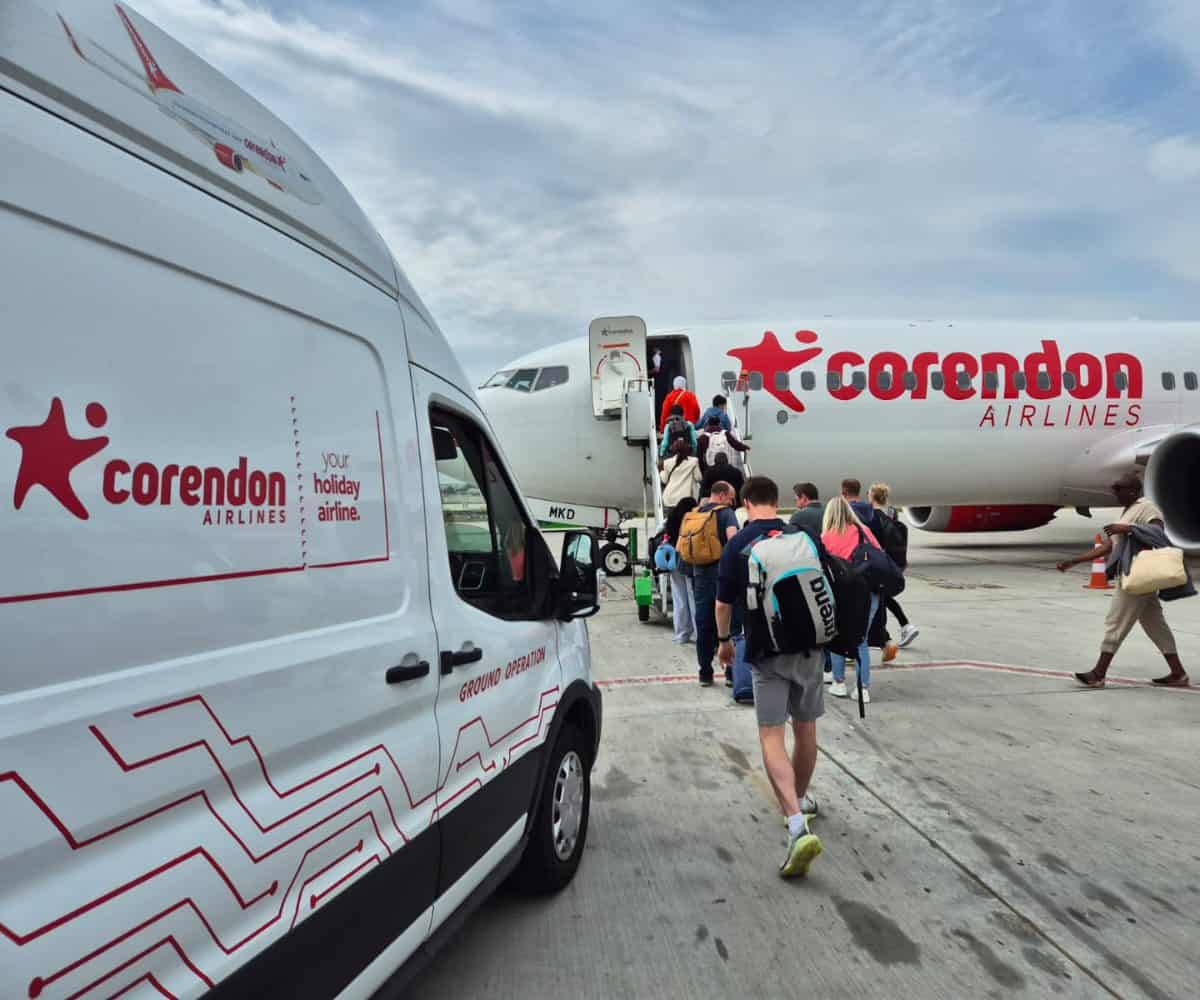
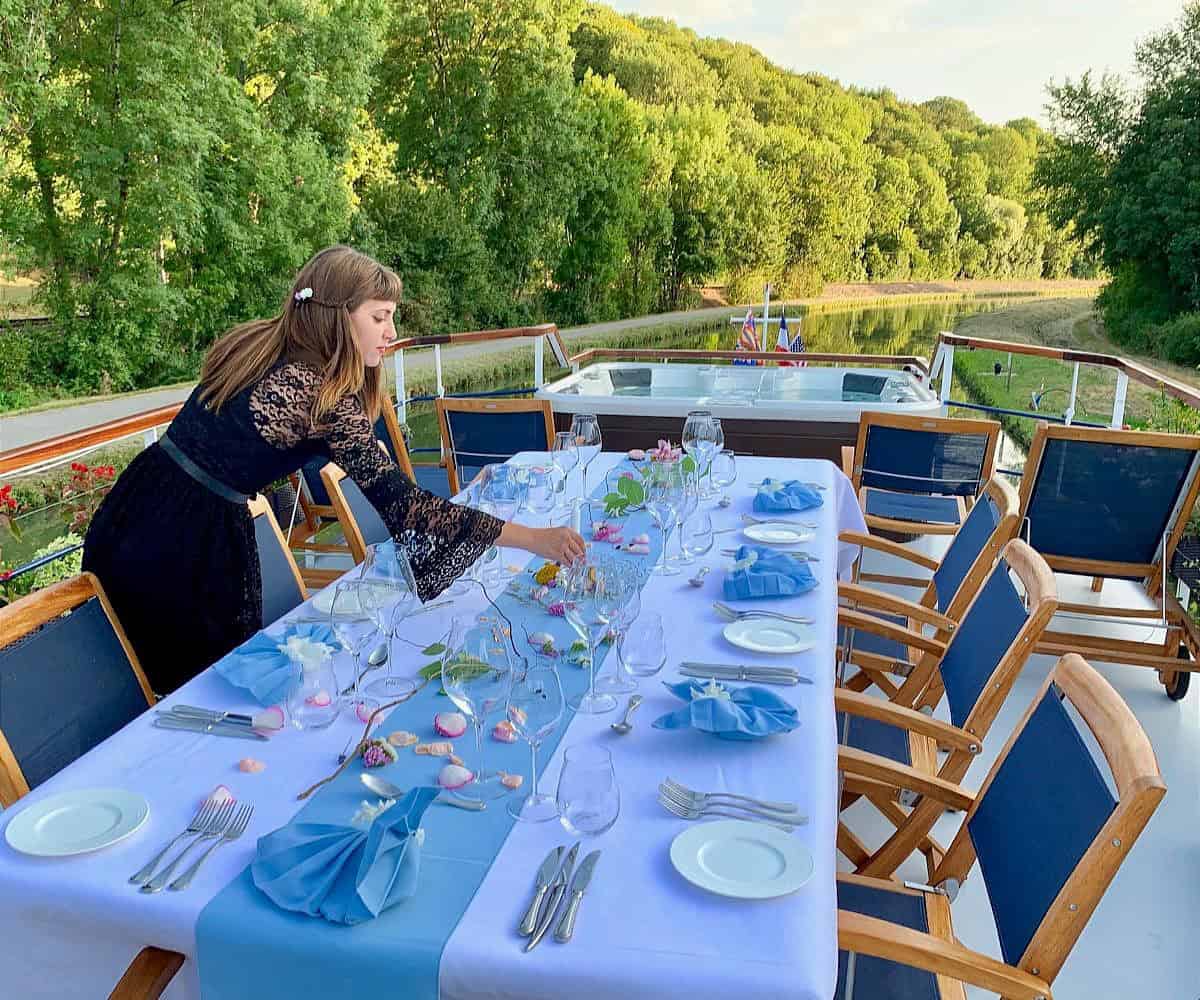
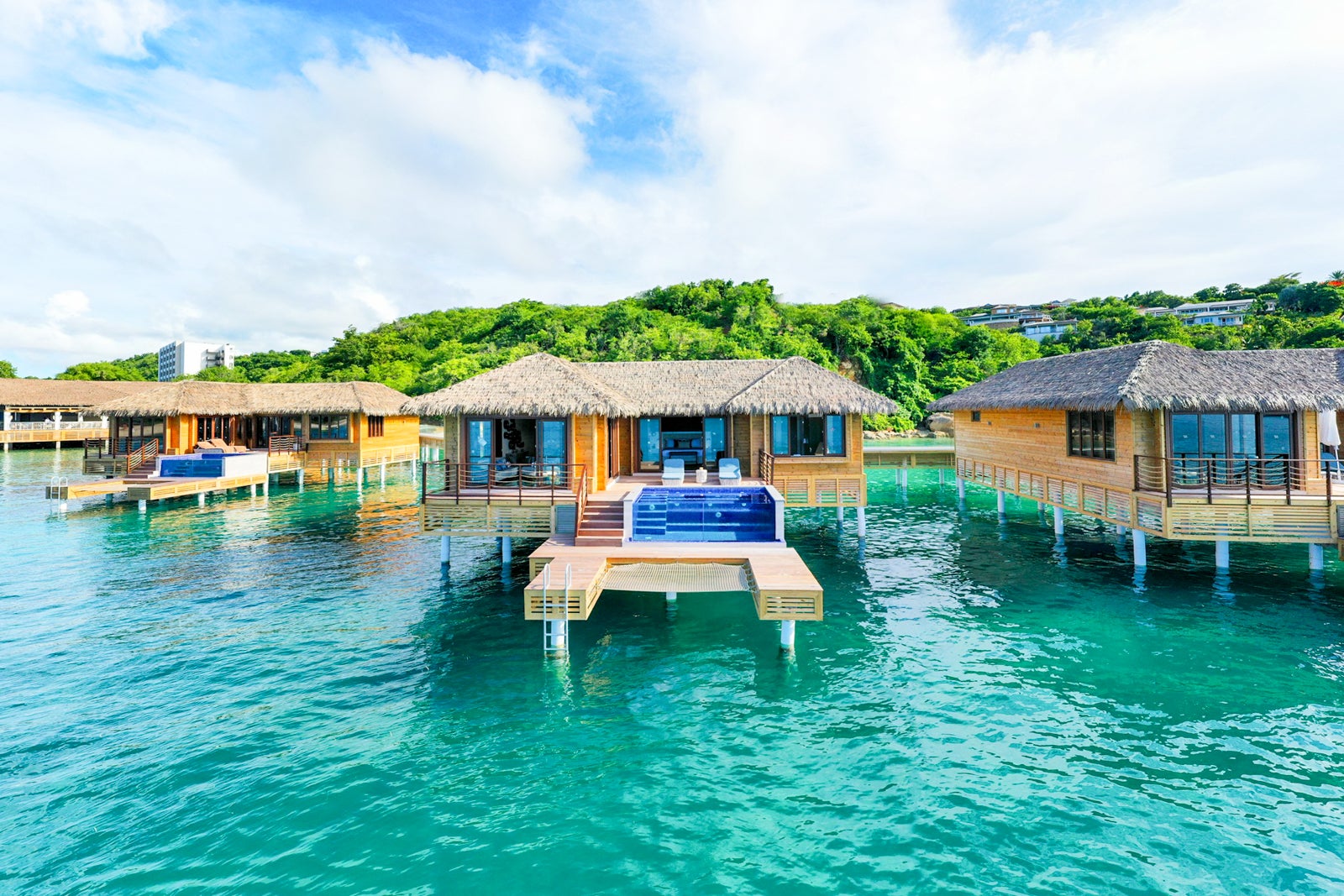
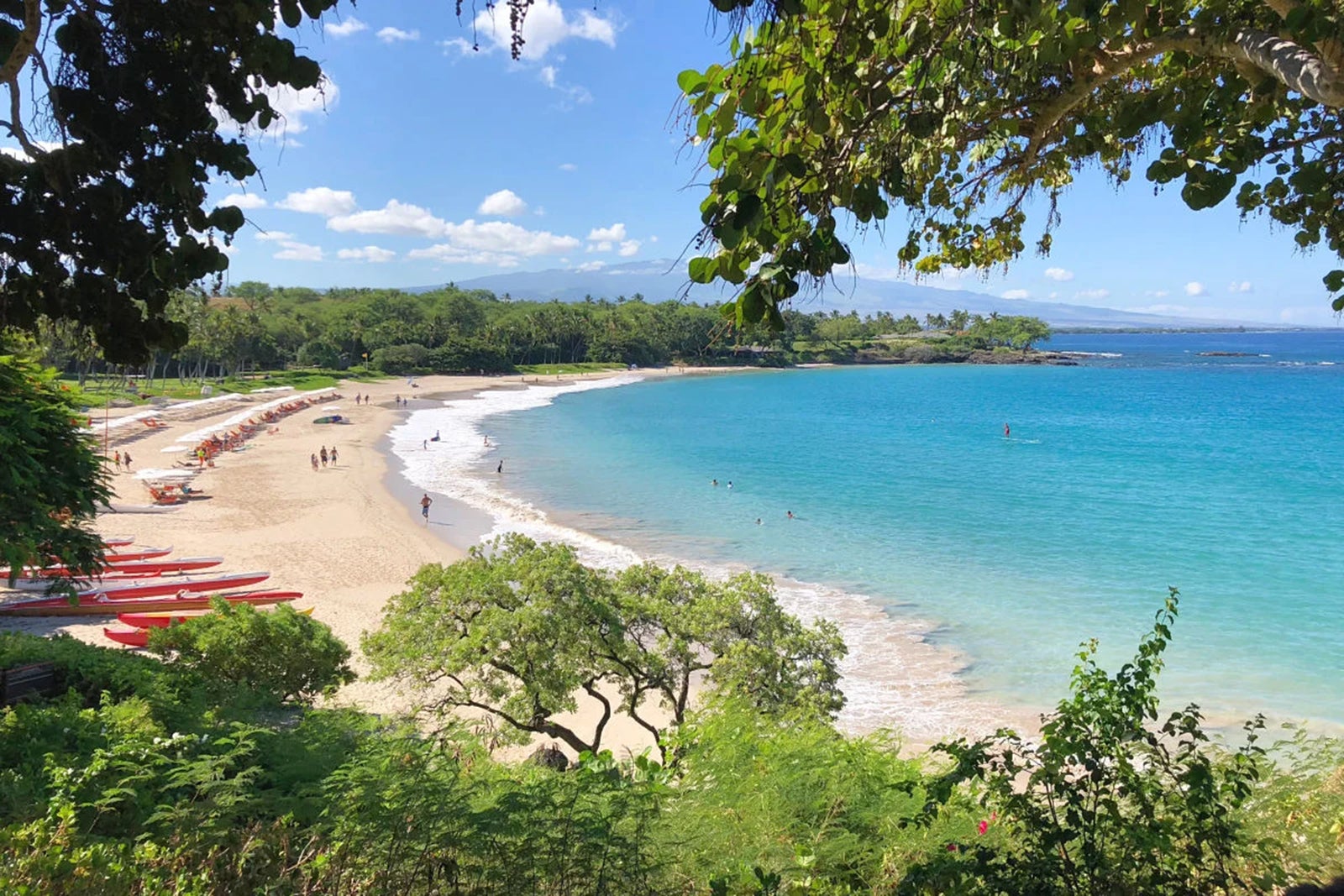
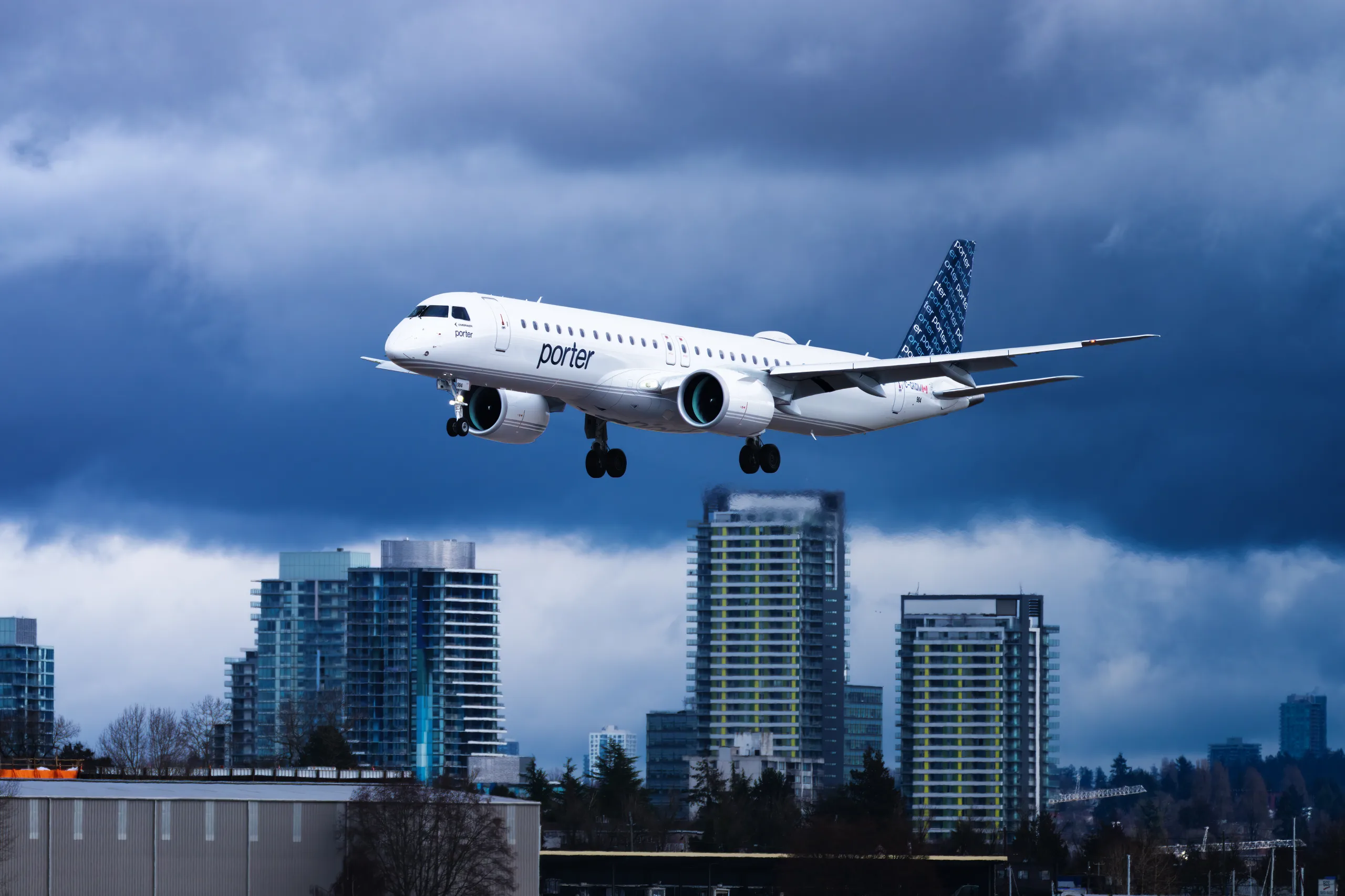
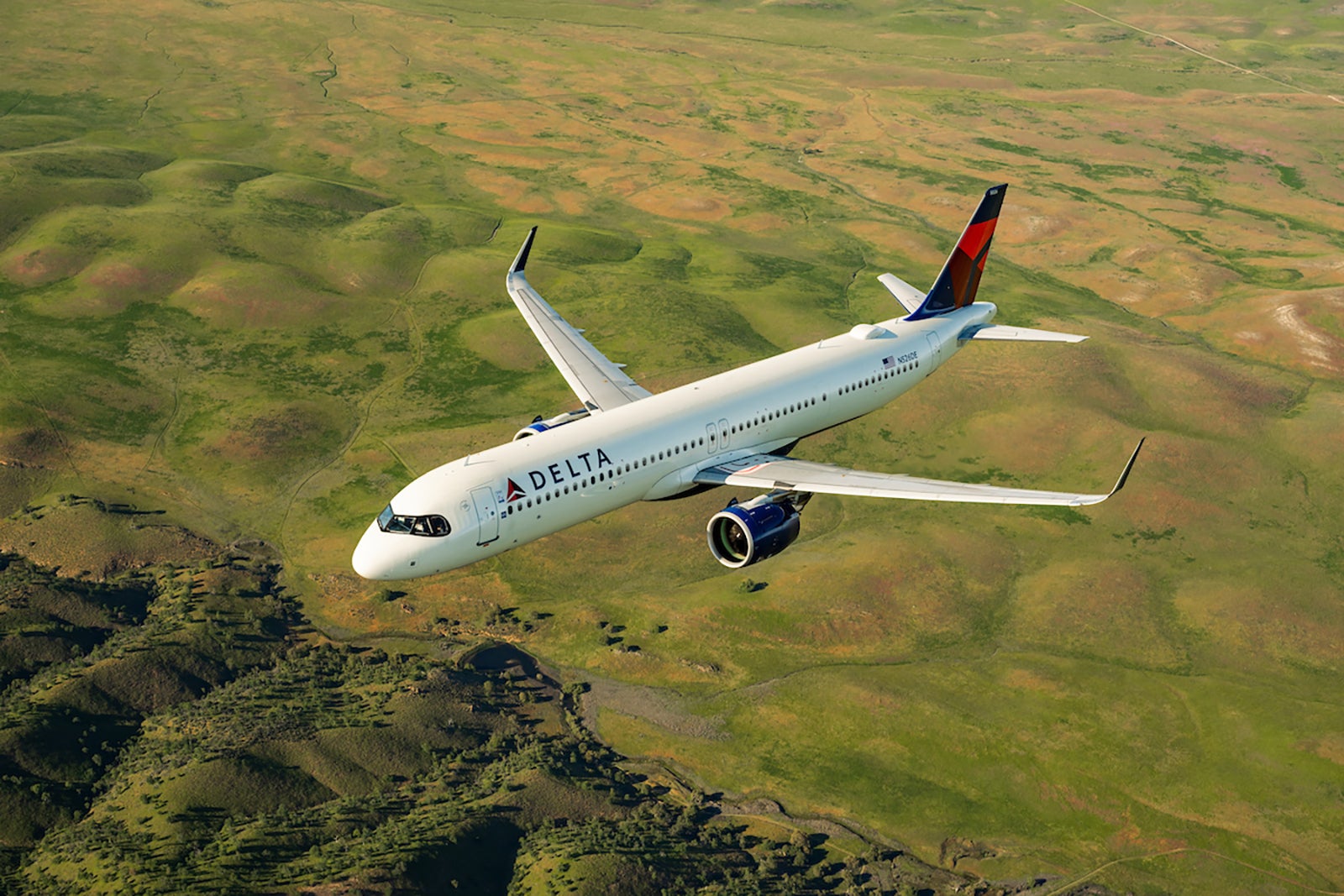


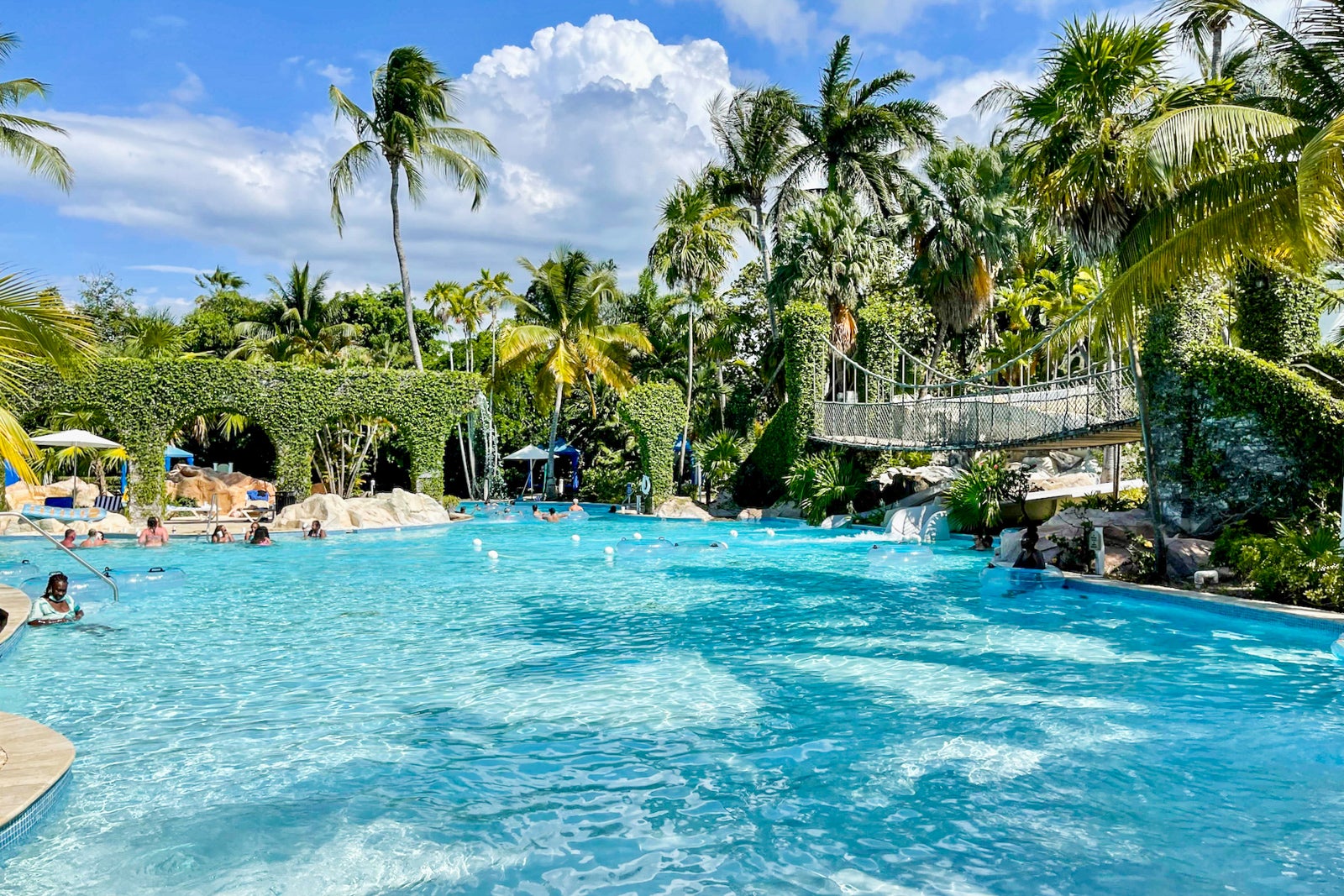
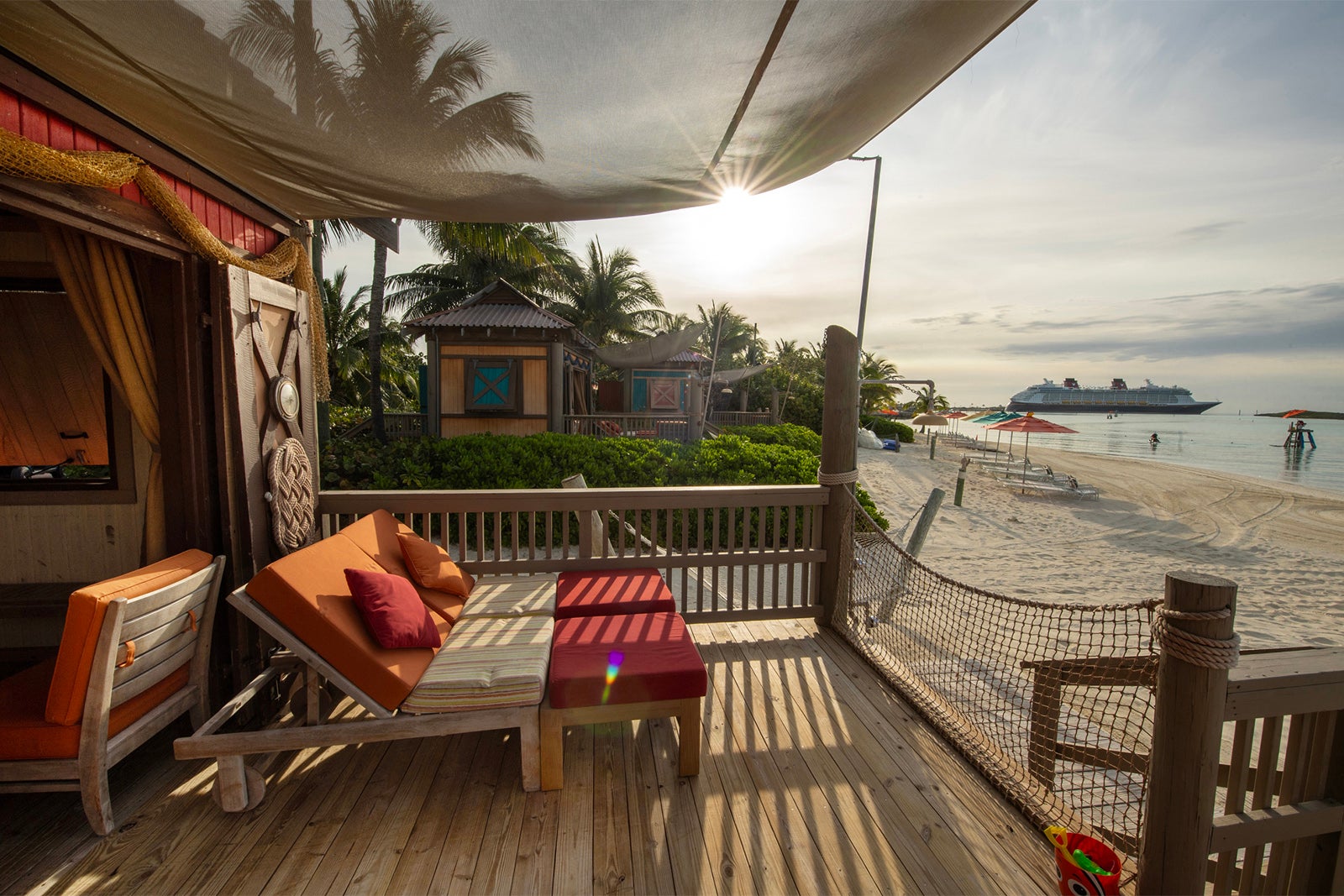

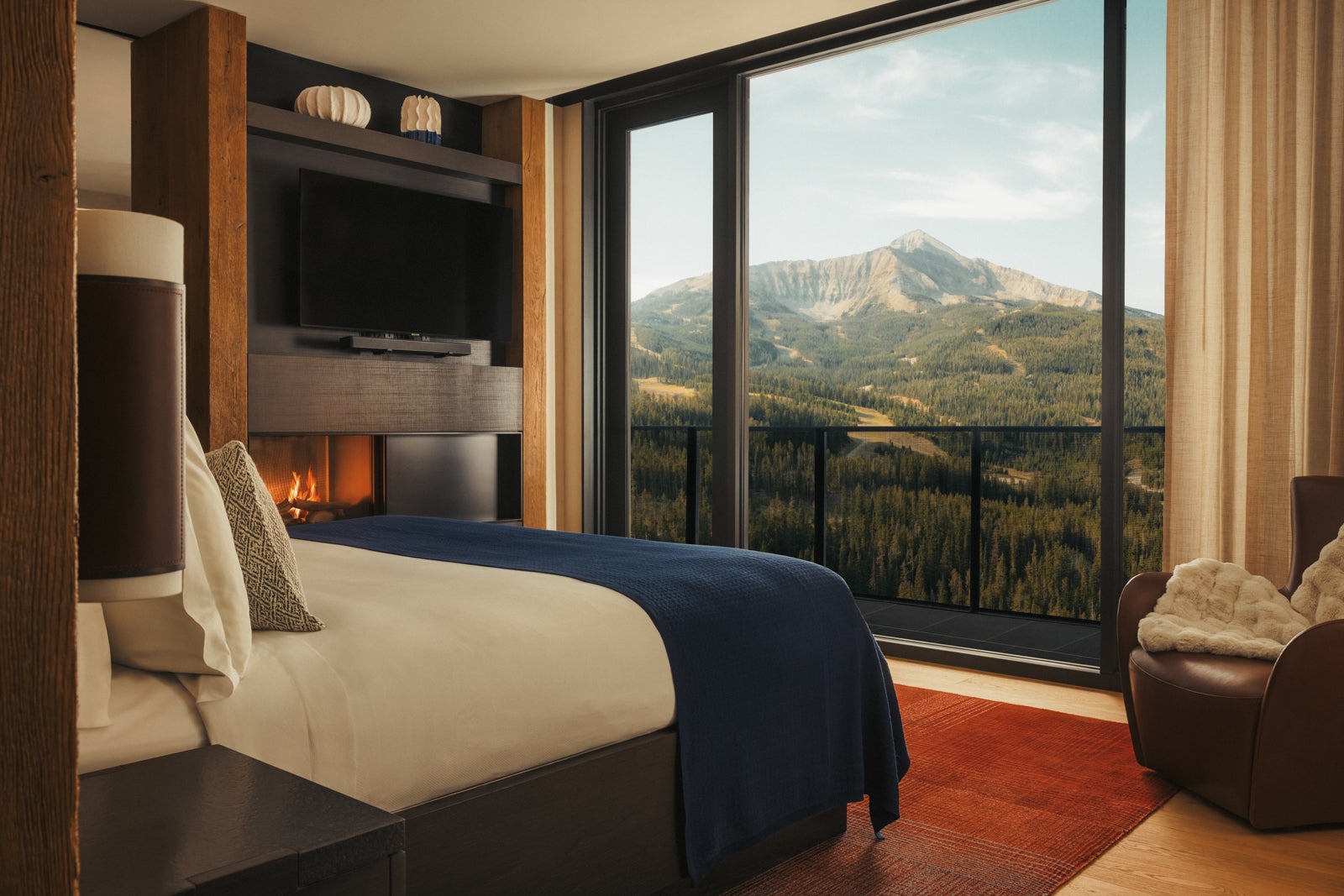

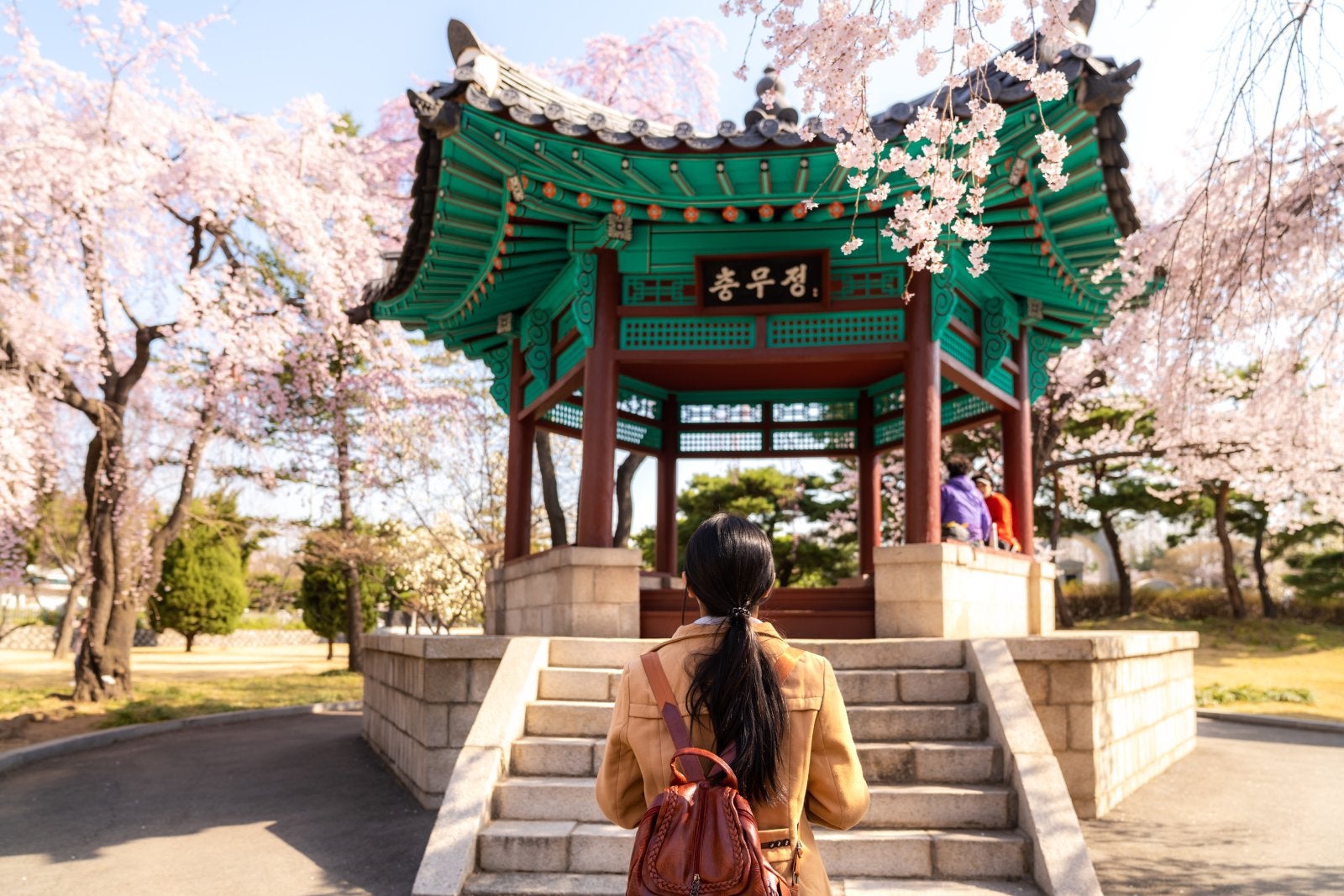

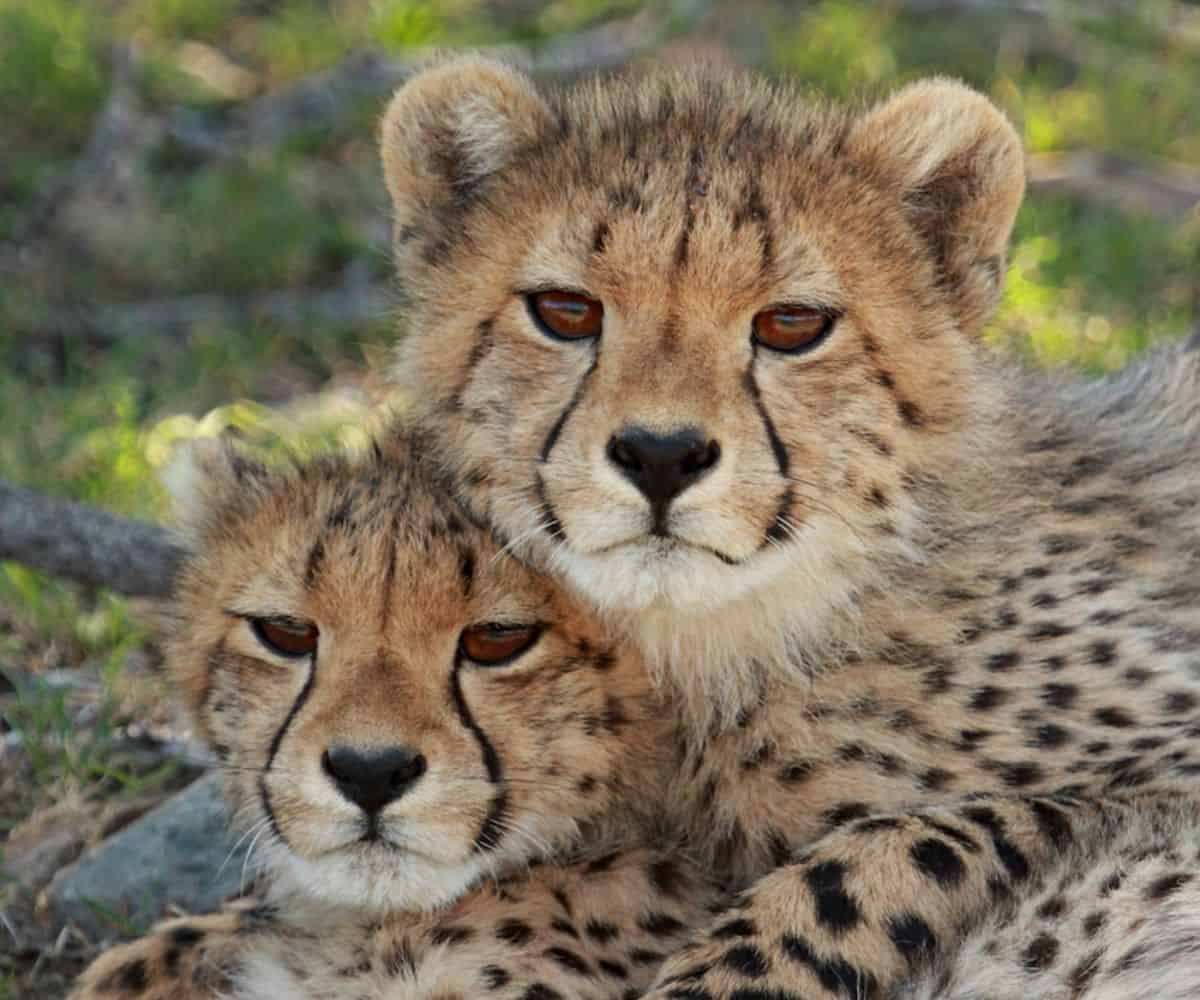


 English (US) ·
English (US) ·